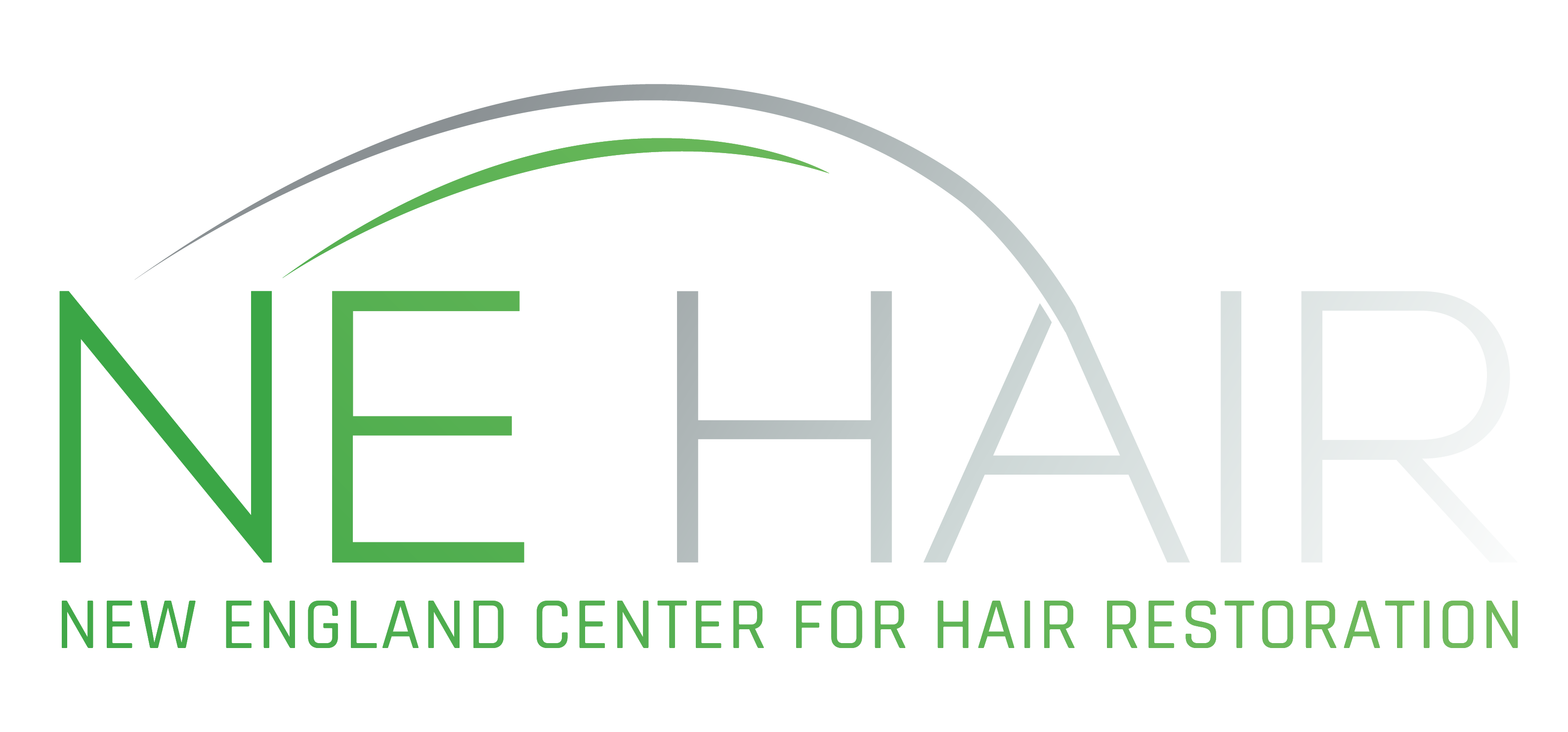As you transition from your early twenties into your fifties, your face lets you know. There are many factors that contribute to aging skin on our faces. These can be easily identified. The good news is that the list of anti-aging skin care ingredients and procedures continues to grow and become more accessible to everyone.
20 years ago, most people felt visiting the cosmetic surgeon was the only option for aging skin. Indeed it was. Granted, cosmetic surgeons can make amazing surgical changes to your face to shed 5-10 years (or more) off. Many of these surgeons also employ non-surgical options which are cost effective and bring beautiful and youthful results. For good reason, medical aesthetics has a rock-solid presence the anti-aging realm.
Aging Skin and your Face:
Age 20-29
Largely, this is the life is good decade. In the epidermis your skin is cranking out new, fresh and vibrant cells at a beautiful clip. Most women in their early 20s dont have an skin aging worry in the world. The rate of cell turnover of new cells being formed at the basal layer of the epidermis to the top (stratum corneum) layer is 24-28 days. This means the appearance of fine lines or wrinkles is rare. With a little regular exfoliation and some moisturizing this skin surface remains smooth and gorgeous. In the dermis, there is plenty of collagen and elastin to support the epidermis. Soaking up UV rays elicits a quick response from vibrant melanocytes revealing a smooth and lovely tan. The moisture level in the skin is optimal as is the subcutaneous fat layer (below the dermis). This all helps to keep the skin plump and full.
Life is still pretty good but signs of aging skin begin to arrive. That excessive sunbathing from earlier years rears its ugly head. About 25% of your lifetime sun exposure occurs by age 18. This exposure is cumulative and now you have had 30+ years of it. The melanin begins to form clumps and is now distributed less evenly. Ultimately age spots and other areas of increased skin pigment in the epidermis occur. Women who have had a lot of UV exposure, had become pregnant or used birth control are at an increased risk to develop melasma. UV exposure increases the presence of collagenase, an enzyme that breaks down collagen. You are ten years older now with another decade of the cumulative effects of free radical exposure. These come from UV rays, your diet, dust, smoking, allergens, heat, cold and pollution. The skin has less moisture and while new vibrant epidermal cells are continually coming to the surface as they did in your 20s, this rate has slowed a bit. All these factors mean fine lines and wrinkles begin to appear as do inconsistencies in skin tone. Broken blood vessels show up. It is during this decade that most women come in to see the aesthetician or medical aesthetic doctor to begin an anti-aging plan. In fact, in a survey of 129 women at Dean Michael Aesthetics in 2010, the average age the first such appointment was 34.
Age 40-50
What is happening here? Gravity is no friend of beauty at any age, but in your 40s it seems like some new G-force pointing south is taking over.
Going out for a few cocktails and forgot your ID? No problem as nobody is asking for it.
Now the rubber has clearly hit the road. Everything that you disliked about your appearance in your 30s has now done nothing but worsen. At age 49, I am speaking from experience. Women in their late forties or early fifties get to deal with menopause as well. So what is happening to your skin now? The epidermis is becoming thinner and drier. The blood flow from the dermis that supplies oxygen and nutrients to the skin is less brisk. The rate of turnover of new and vibrant cells from the basal layer to the top epidermal layer continues to slow. The skin has less collagen, elastin and subdermal fat. All these factors mean that the architecture supporting the epidermis has weakened. The skin is more prone to have fine lines, wrinkles and the dreaded loose skin.
The reduction of estrogen seen after menopause hits your skin hard.
-
- The epidermis becomes thinner and drier.
-
- Blood flow to the dermis becomes sluggish. This results in a reduction in oxygen and nutrient delivery.
-
- The repair of collagen and elastin slows down = less collagen in the dermis.
-
- A further decrease in subcutaneous fat.
-
- There is less protective melanin making your skin more prone to sun damage. This is most noticeable in the face, neck and hands.
I suspect reading this paints a mighty bleak picture but fear not.
If your face shows aging skin, it is not nearly as bad as you think. Anti-aging is the key to reversal. You just need a simple and consistent approach.
In my forthcoming book Winning Skin, I discuss how you simply and effectively reverse these changes. As a quick summary:
Category 1 The Epidermis You get rid of dead skin cells, stimulate new cell growth and neutralize free radicals. This is done through use of the right skin care ingredients, exfoliation, certain procedures and dietary factors. These help your skin crank out new, fresh and vibrant cells like it did in your 20s. So yes you CAN turn back the clock. Lasers and chemical peels can clear away unwanted pigment quickly and safely.
Category 2 The Dermis You need to stimulate fibroblasts to make more collagen and elastin and prevent free radicals from damaging the collagen you have. Again, this is through the right skin care ingredients and procedures. Putting the right dermal fillers in the right locations makes an incredible difference.
Category 3 Moisture and UV protection Hydrated skin is happy skin. Stripping of oils needs to be avoided and moisture needs to be returned to the skin topically as well as through adequate dietary hydration. UV rays need to be blocked at all costs. More UV rays = more free radicals in both the dermis and epidermis.
You will quickly realize that shedding a decade off of your appearance is really not as difficult as it may seem. However, it is important to remember that the right ingredients are necessary to effectively bring the results you desire. The right procedures take your anti-aging plan to a new level. Do your homework and make sure your provider is well trained and experienced before you let them lay a finger on your face!
Be good to your skin and be well,
Dean M. Tomasello, MD








